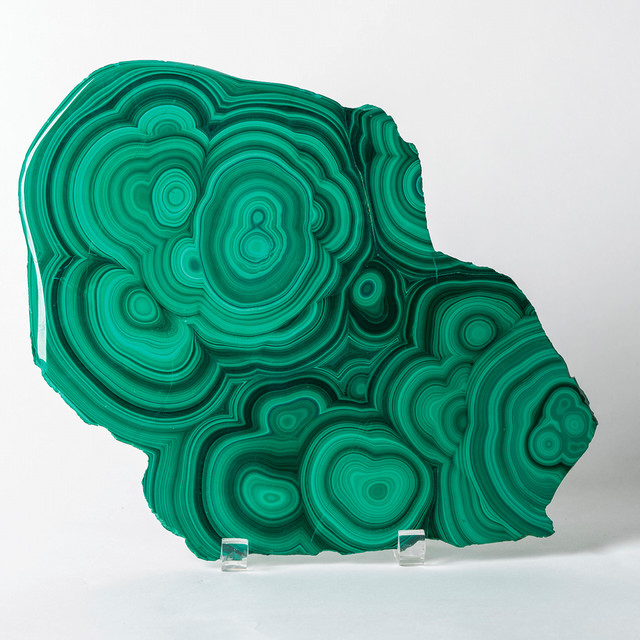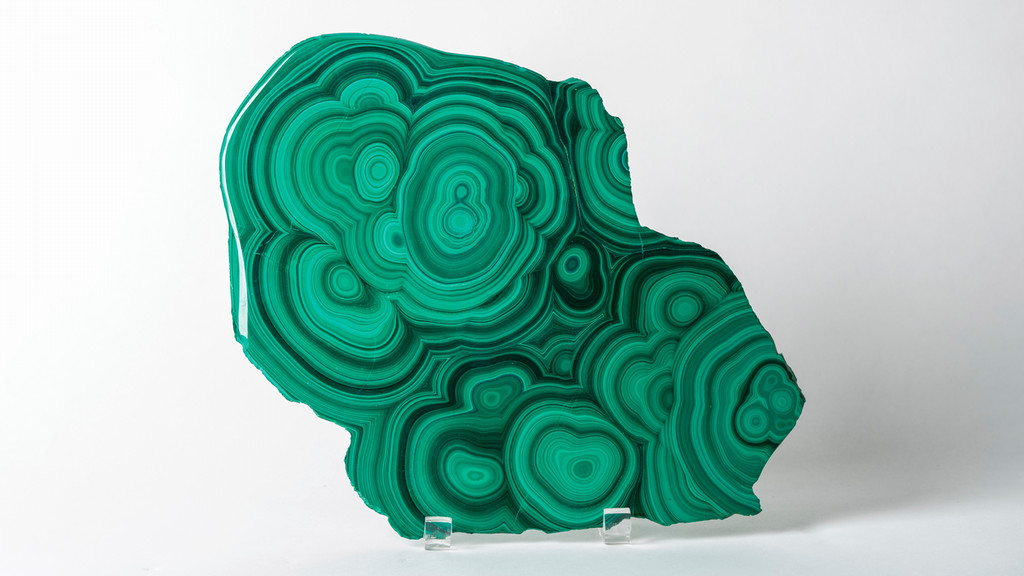@urichmond Out of thousands of pieces in the new Lora Robins Gallery, these are the favorites for student curatorial interns Piper Turri and Ally Schueller, both '28. Stop in to find your favorite! #lorarobinsgallery #universityofrichmond #urichmond #universitymuseums
♬ original sound - University of Richmond
Sophomores Piper Turri and Ally Schueller have been curatorial interns at the Lora Robins Gallery since the beginning of their first year on campus. In most of that time, there hasn’t been much to show off. The gallery was undergoing a massive renovation.
That changed at the start of the fall semester, when it reopened. Past visitors to the gallery, which originally opened its doors in 1977, will notice many changes. The displays are bright and airy, with informative but not overwhelming signage. The gallery itself is arranged in color-coded thematics, with dinosaur fossils here, rare gems there, and more. The ever-popular fluorescent minerals room is expanded and remains a show-stopper. It features an ultraviolet light display of the gallery’s fluorescent rock collection, one of the largest in the country.
Turri and Schueller helped put it together behind the scenes over the past year. To celebrate the reopening, we asked them to show us around and pick out favorite items in each of the gallery’s sections.
Their picks were consistently intriguing. There was one rock that bends and another with the look of rippling water. They also picked out fossils — one of a camel-related species that once roamed the Badlands of the American West and another that swam over modern-day Kansas millions of years ago when the Sunflower State was an ocean floor.
A coin used to do business during the Byzantine Empire is the smallest piece they picked out. At the opposite end of the size spectrum: possibly the biggest clam shell you’ve ever seen in your life.
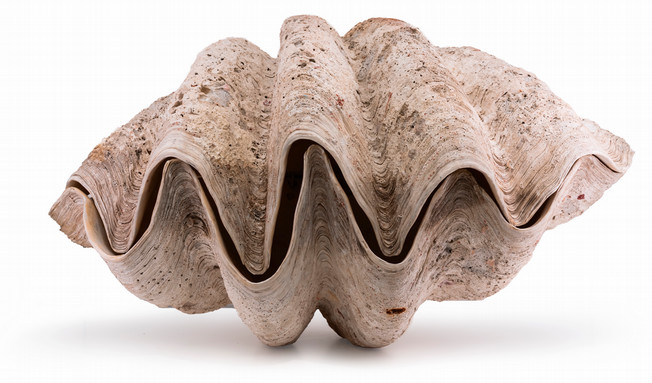
Tridacna gigas — at 3 feet wide, this one’s just a baby.
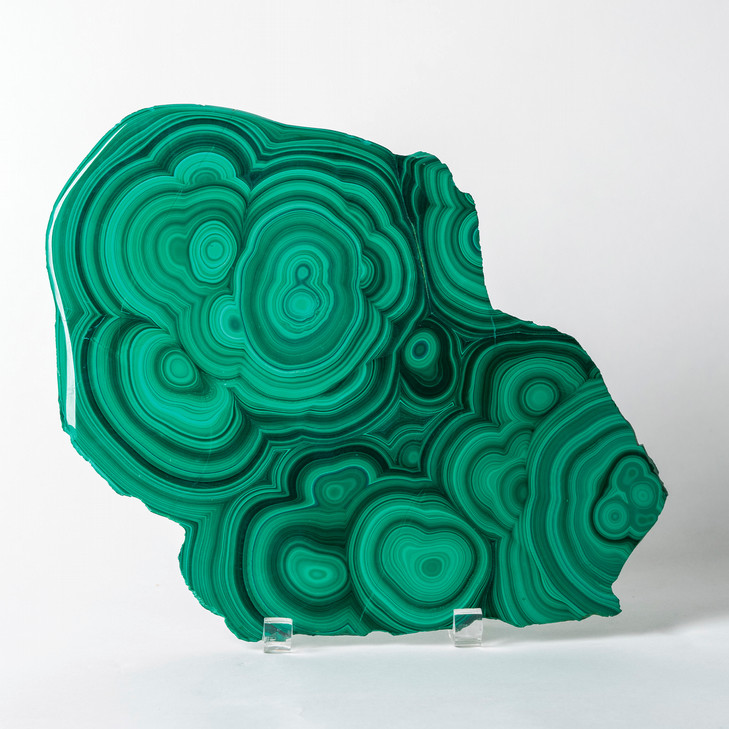
Malachite — reminds Turri of rippling water.

Pyrite — not actual gold, but actually naturally cubic.

Itacolumite — it bends.
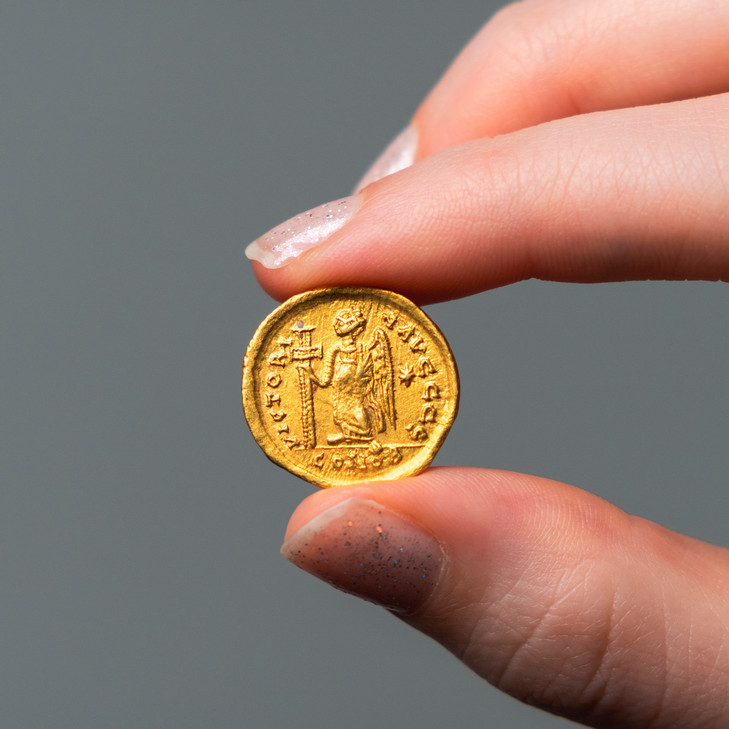
Anastasius coin — it’s Byzantine, and Turri and Schueller have both been to Rome.

Oreodont fossil — it’s probably camel-related.

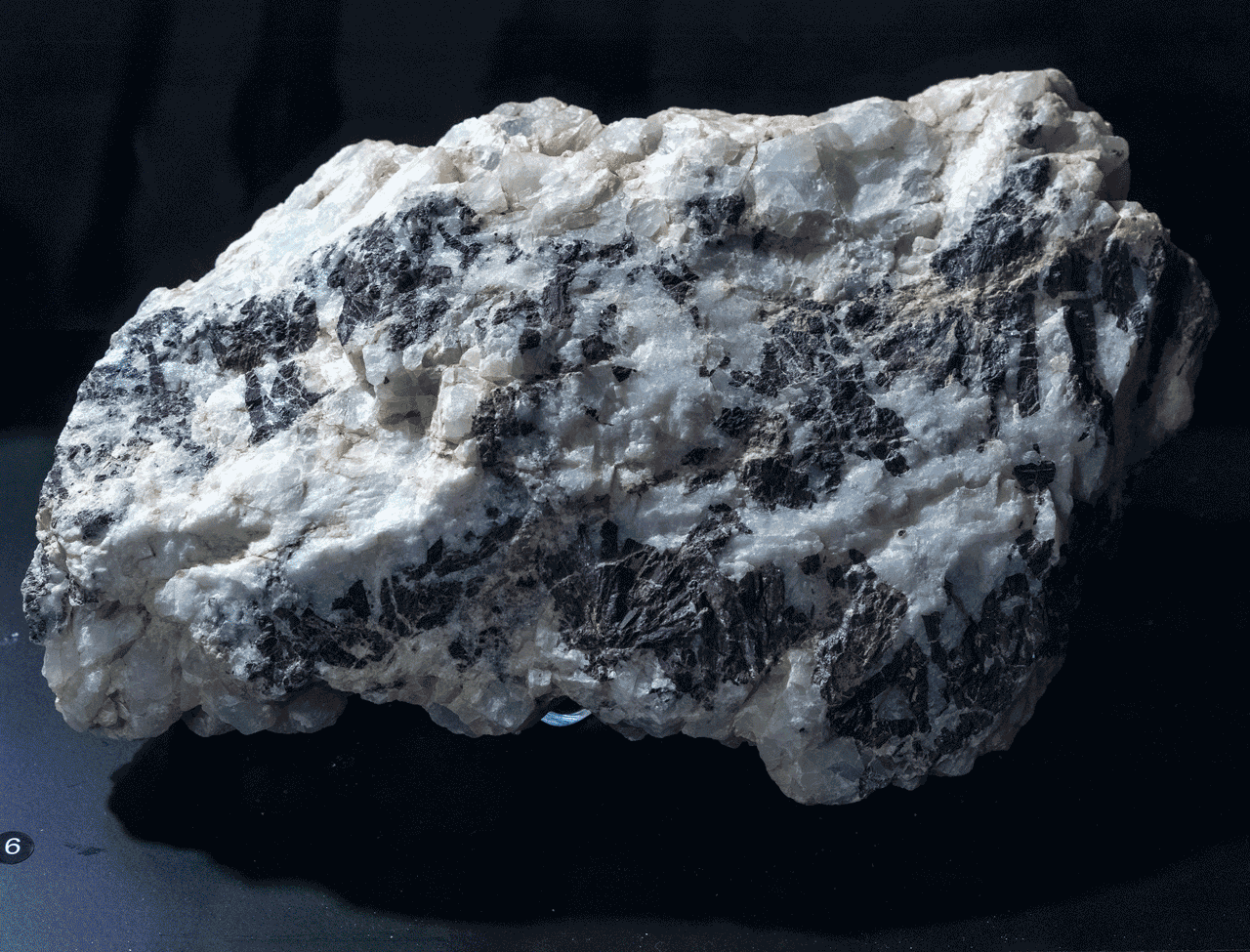
Hübnerite — its appearance changes under diffrent types of light.
“Under different wavelengths, it glows purple and also shows a lightning pattern ... that reminds me of a web. Go Spiders.”
